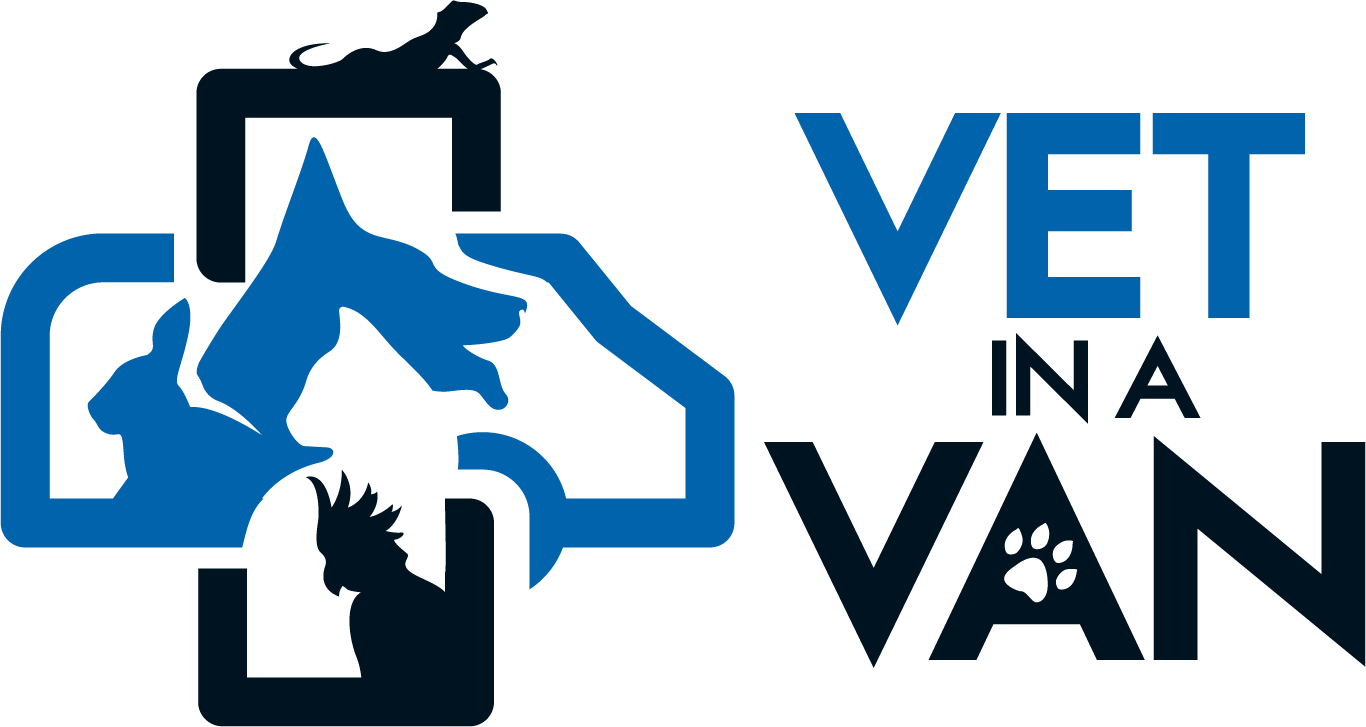Amongst the devastation caused by recent rain and flooding on the eastern coast of Australia, a naughty little bacteria called Leptospira has reared it’s head again and an increase in animal and human illness has resulted. If you’ve spent time in the tropics of the Northern Territory or Queensland, or around Sydney, then this is a bug that you’re probably already familiar with but it has also had a history of popping up in other parts of the country too.
What is leptospirosis?
Leptospirosis is a bacterial disease that can infect both humans and animals. It is caused by a bacteria (genus Leptospira) that thrives in moist and humid areas, and is spread through animal urine and animal tissue. Rats are the most common carrier but mice and some wildlife are also a risk.
Leptospirosis is a common problem in areas after flooding or heavy rainfall, which is why most cases in northern Australia occur during the wet season.
How is leptospirosis transmitted?
You or your pet can catch leptospirosis if you are bitten by a carrier or if you come into contact with water, mud or soil that has been contaminated with infected urine. For example, if a rat urinates into a body of water and your pet drinks that water, they are at risk of infection.
The bacteria can also enter the body through cuts in the skin or occasionally via the gums, mouth, nose and eyes. So a dog that swims in infected water or even just stands in infected mud is at risk.
Cats are more likely to become infected by eating infected rodents or their carcasses.
Sugarcane and banana plantations are recognised as a high risk areas due to their attraction of rodents.
Traditionally, farms are a risk as cattle and pigs can transmit leptospirosis, but most commercial farms vaccinate their animals so it’s mainly backyard or lifestyle properties with a few animals that may not be vaccinated that pose a risk.
What are the symptoms of leptospirosis?
The incubation period, from infection to signs appearing, is approximately 7 days (although they can be seen between 1-14 days).
Leptospirosis mainly affects the liver and kidneys. Signs of leptospirosis in dogs and cats include being generally unwell, lethargic, have a mild fever, walking stiffly or reluctant to move, refusal to eat, vomiting or diarrhoea, increased thirst or urination and jaundice (yellow skin/eyes).
Owners are encouraged to be especially mindful of these symptoms if their dog has recently been in contact with a body of stagnant water, areas like creeks where wildlife inhabit, near a rodent infestation or if their cat likes to hunt rodents. Please seek immediate veterinary treatment for your pet if you notice any of the above signs and think your pet may be at risk.
How long does the Leptospira bacteria survive in the environment for?
Leptospirosis bacteria can survive in moist or humid areas for months. Reservoir hosts (such as rats) allow for the continued spread and contamination of the environment.
How do I prevent my pet from catching Leptosporosis?
Preventing pets from drinking or swimming in stagnant water and avoiding areas where rats, mice, wildlife or farm animals congregate is advised. Owners are encouraged to get their pets vaccinated against leptospirosis at their local veterinary clinic if their pets are visiting or living in high risk areas.
High risk areas include:
- Tropical parts of the Northern Territory (especially around Darwin) and Far North Queensland
- Parts of New South Wales, specifically:
- South Coast
- Newcastle area
- Inner Sydney
- Sydney’s Eastern suburbs
- Sydney’s Inner West suburbs
There are different strains (a.k.a serovars) of leptospirosis bacteria which occur in certain areas. Previously, there were different vaccines for different strains, with one vaccine (Auslepto) covering the main Leptospira strain in the Northern Territory and Queensland, and another vaccine (Protech C2i) covering the main Leptospira strain in NSW and Victoria. The northern strain is now found regularly in NSW, so a new vaccine was released in 2024 covering both strains found in Australia – this is excellent news for travellers and people moving around Australia with their dogs!
New vaccination for Leptospirosis:
- Nobivac Lepto 2
- An initial 2 doses are given, 4 weeks apart, then a 12 monthly booster to maintain immunity. This schedule needs to be followed for the new vaccine, even if your dog was previously vaccinated with a different Leptospirosis vaccine.
Cases have been previously reported in the Northern Territory, Queensland, Northern NSW, around Sydney and eastern Victoria. Three cases of leptospirosis have been diagnosed in dogs around the Newcastle area during June 2025.
Can leptospirosis be treated?
If caught early, yes, leptospirosis responds to antibiotic treatment and supportive care. But the disease may be severe with long term damage done to kidneys, liver and other organs so early treatment is most effective and intensive care may be necessary. Kidney and liver failure are a common outcome.
Unfortunately, leptospirosis has a high mortality rate. Of 11 dogs diagnosed in NSW in 2024, 45% (5/11) died or were euthanised due to effects of the disease.
Am I at risk of catching leptospirosis?
Leptospirosis is a zoonosis, meaning that it is a disease that can be passed from animals to people. So, keeping your dog safe and healthy plays a part in keeping you and your human family members safe as well.
Symptoms in humans can include fever, severe headache, sore muscles, chills, vomiting and red eyes. Please see your Doctor if you are unwell.
The main source of Leptospirosis infection for people is contact with infected urine from an affected animal, especially in young, old or immune-compromised individuals.
What should I do now?
For the majority of the population, leptospirosis is not something to be worried about, just be aware and proactive for prevention. If you are travelling or living in a high risk area with your dog then vaccination is recommended.
Chat to your veterinarian about whether vaccination is appropriate for your dog and situation.
For peace of mind, keep a Vet in a Van – Navigator Pet First Aid Kit at home and in your car.






